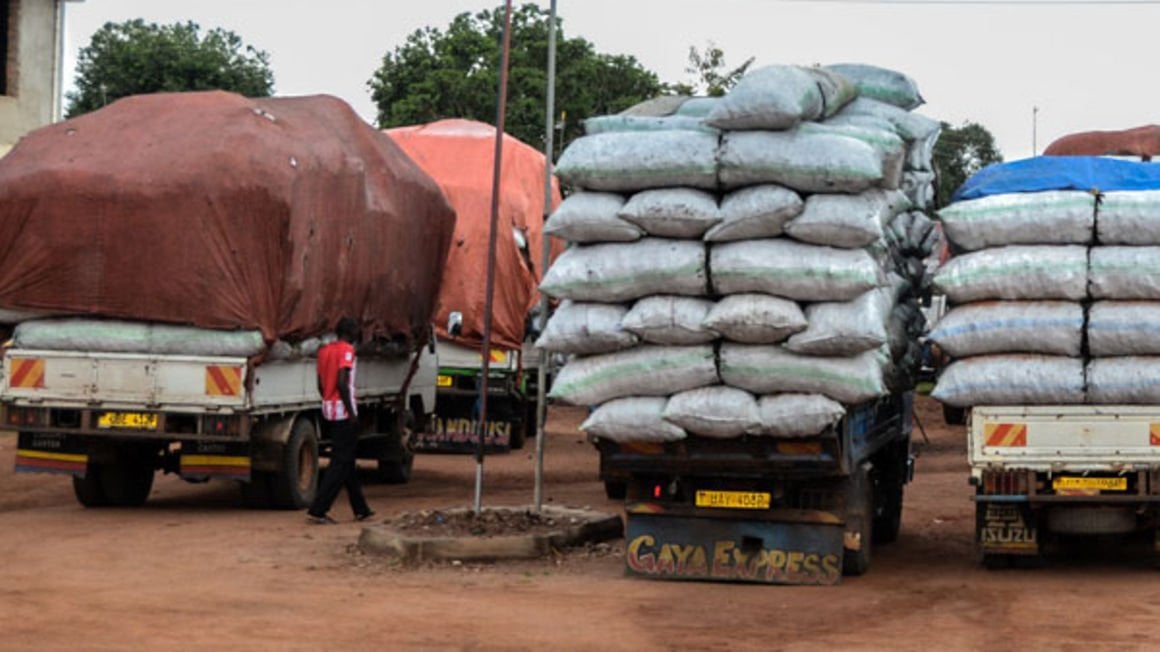Prime
Uganda targets to produce 100 metric tonnes of gas by 2025

The locally produced liquefied petroleum gas is expected to be cheaper than the imported products on the market. Photo / Edgar R Batte
What you need to know:
- Currently, Uganda consumes about 20 metric-tonnes of LPG gas annually
By 2025, Uganda will start the production of Liquefied Petroleum Gas (LPG) to replace wood energy, according to a top official from the Ministry of Energy and Mineral Development.
The locally produced liquefied petroleum gas is expected to be cheaper than the imported products on the market.
Mr Dozith Abeinomugisha, the director midstream, at the Petroleum Authority of Uganda (PAU), says by 2025, Uganda will begin consuming LPG manufactured domestically.
This development was revealed during a tour to the oil field in Hoima by members the Energy Regulators Association of East Africa (ERAEA).
Government introduced tax reforms in the 2020/21 financial year that exempted LPG from the Value Added Tax (VAT) to make LPG affordable.
Mr Abeinomugisha explained that the LPG facility in Buliisa District is at design stage and once complete, the production will start. LPG is obtained from the gas which is produced together with oil. That means oil is first extracted then the gas is also collected then used to make LPG in a different facility.in place.
“We hope when the first oil starts flowing by 2025 as scheduled, the LPG facility will also be in place and we hope it will reduce use of biomass,” Mr Abeinomugisha said.
According to Mr Abeinomugisha, Tilenga project is expected to generate 80 metric-tonnes of LPG while Kingfisher is expected to generate 20 metric-tonnes. PAU says that once there is a cheap source of LPG, Ugandans will shift from biomass to LPG.
Currently, Uganda consumes about 20 metric-tonnes of LPG gas annually.
All LPG used in Uganda is currently imported from Arab oil producing countries through the Organisation of the Petroleum Exporting Countries.
This means the country will have an excess of 80 metric tonnes hence regional markets will be the key targets according to PAU.
All LPG used in Uganda is currently imported from Arab oil producing countries through the Organisation of the Petroleum Exporting Countries (OPEC).
“Previously, LPG was got from associated gas; gas produced by the crude oil, normally that gas would be flared or burnt to get the oil and sell. But now the gas has become variable and the Uganda law does not allow flaring hence the government had to find ways of commercialising it,” he said.
Licensing
Mr Abeinomugisha said the project operators Total Energies have applied for licensing from Electricity Regulatory Authority.




